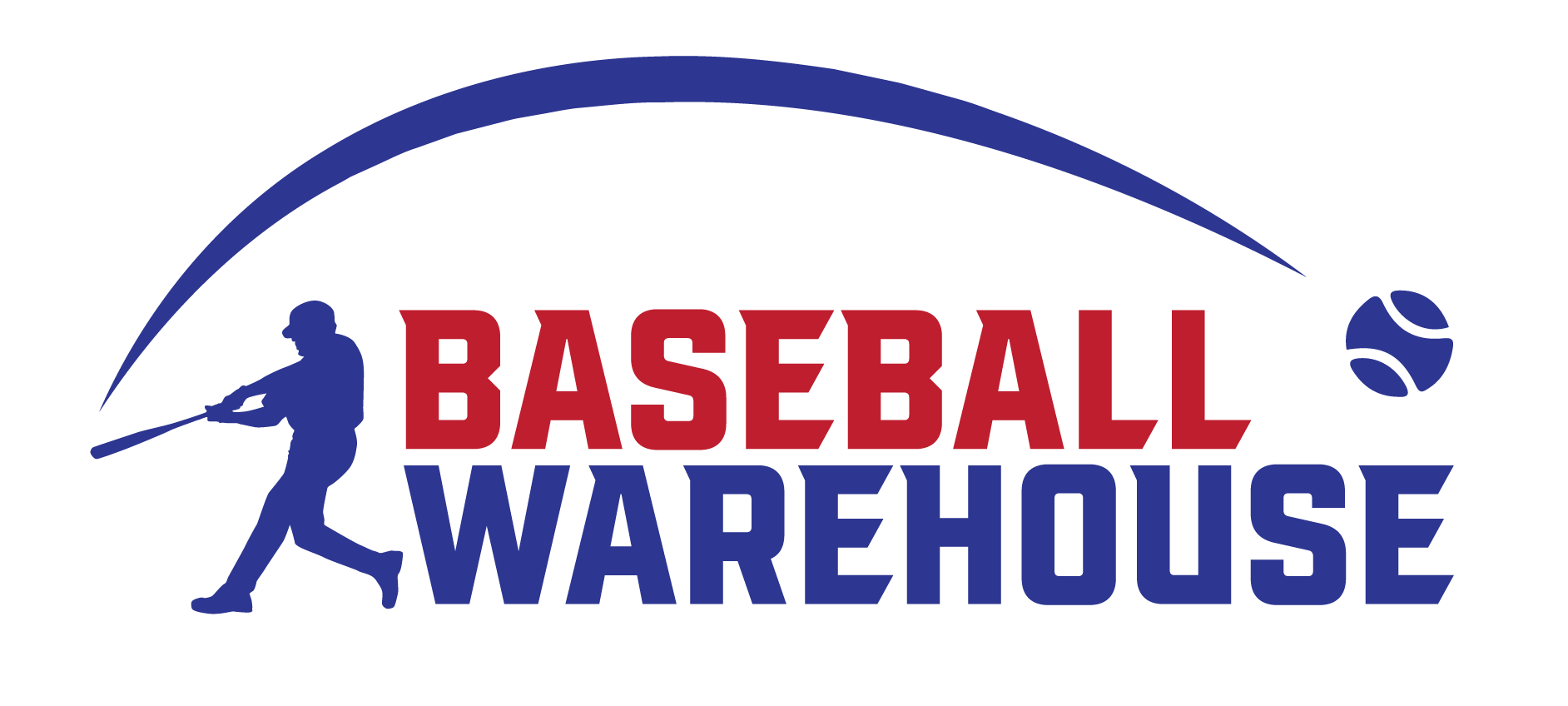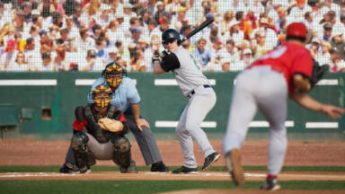Introduction
Quick Navigation
An ERA or Earned Run Average is a baseball statistic, and it is the mean of the run earned by a pitcher per his nine innings pitched. A pitcher is given an earned run for each runs achieved by a batter while batting the pitcher. The ERA was first tabulated by The National League in 1912. It was initially called “Heydler’s statistics,” named after the then National League Secretary, but was later called the ERA statistics by the American League.
The ERA is one of the essential statistics by which a pitcher’s effectiveness is evaluated. Other statistics that are also impactful are the pitcher’s win-loss record and his WHIP. Some other statistics include home runs, RBIs, batting average, and a stolen base. The ERA is gotten when the number of allowed earned runs is divided by the number of pitched innings and then multiplied by nine. We should note that results from passed balls or are not recorded as ERA but as unearned runs. The results of ERA can be represented with figures from below 1.00 to over 5.00.
What Is A Good ERA in Baseball
The value placed on a sound ERA changes from year to year; what was considered a good ERA back in the early 1900s is different from what it is now. In the game year of 1910 to early 1920s, a good ERA was below 2.00, and two earned runs per nine innings. Things took another turn in the late 1920s and 1930s when the game conditions began to favor the hitters, and a good ERA was set below 4.00, with players like Lefty Grove having an ERA below 3.00. In the 1960s, the 2.00 benchmark was adopted as a good ERA when different field dimensions such as the ballparks were introduced. Ed Walsh is the number one all-time leader on the ERA table with his ERA of 1.82 between the years 1904 to 1917, and following in second place is Addie Joss with an ERA of 1.89 within 1902 and 1910. Here are how the following ERAs are assessed with some players who have had them.
- Under 1.00: This figure of an ERA is rarely seen, and only three pitchers have had this figure during their career, and we’re all in the early 1900s. Tim Keefe has a record of 0.86 ERA.
- 1.50: When a pitcher has an ERA of this figure, he is considered a star, and pitchers such as Bob Gibson and Walter Johnson were the star of their time.
- 2.00 – 2.50: This is regarded as the universal benchmark of an excellent ERA, and pitchers with this mark are seen as top pitchers in leagues. The 2.50 ERA is a perfect point for a pitcher and major pitchers with this ERA: Randy Johnson, Tom Seaver, Lefty Grove, Pedro Martinez, Babe Ruth, and Mariano Rivera.
- 3.00 – 3.50: For a pitcher who is a starter, a 3.00 is counted for him as a good ERA and is seen as getting the job done while a 3.50 ERA is also not seen as bad, pitchers such as Jim Palmer, Trevor Hoffman, and Bruce Sutter are this ERA holder.
- 4.00: In the mid part of baseball history, where the game was favorable for hitters, and the balls were flying all over the place, 4.00 ERA was seen as good, but anything above this figure is not a good start at all. A pitcher with an ERA of this range is considered an average.
These figures show that the effectiveness of a pitcher is based on how low his ERA is. Therefore, we can say that a good ERA is one with a low figure and ranges from 3.00 to below 1.00, rare. A pitcher with a low ERA is seen as someone who can give his team a better chance at winning the game, making baseball coaches look out for pitchers with a low ERA.
Conclusion
An ERA might be a huge deciding factor of a pitcher’s effectiveness; however, it is not the only standard to look out for and does not necessarily have a good or bad tag but does matter to a scouting coach. It is vital to know that how good or bad an ERA is for a pitcher is different from the various league it is being used for. An average or an excellent ERA in a Major League will be different for a Middle or High school. So a poor 4.00 ERA for a National League could be a good start or the average mark for a pitcher in High school or a local league. Regardless, an ERA is a top statistic used to measure a pitcher’s effectiveness and not be taken with levity.
For more related posts about essential aspects of baseball, please check these posts
How much does a baseball weigh?‘
How many stitches are on a baseball?‘

